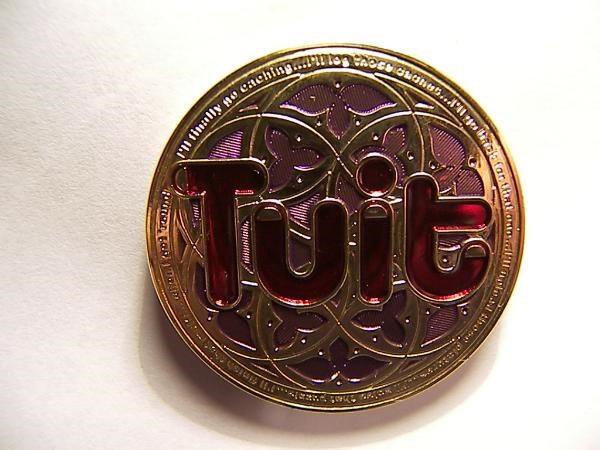bagman67
Epic Member
- Messages
- 9,211
Hi, folks -
Some of you may have been following the machinations over at Carvin over the last couple years. Jeff Kiesel, the grandson of company founder Lowell Kiesel, has pushed the guitar line in a very interesting direction, ultimately culminating in the division of the company in two - the amp/pro audio company on one side, and the guitar company on the other side, with a Kiesel marque for the freakishly custom guitar/bass line. Whether it's good or bad is a matter of taste, and I personally find some of the new designs and color combos a little more in-your-face than I prefer. But among the new finish options on offer are colored fingerboards, which seems a very interesting thing. Obviously you need to color the fingerboard in a way that allows you to machine the wood or finish the frets without worrying about sanding or machining through the color. Does anyone have any idea how they're doing this? It seems to me that they're probably putting the fretboard stock into a vacuum bag with dye so it penetrates the entire piece, but if someone is otherwise informed, I'd be interested in knowing. I have this fantasy about eventually scratch-building a guitar, and this seems like a real nifty custom touch when I finally get around to it.
Here's an example:
http://www.carvinguitars.com/images/guitars-in-stock/large/125104b.jpg

Some of you may have been following the machinations over at Carvin over the last couple years. Jeff Kiesel, the grandson of company founder Lowell Kiesel, has pushed the guitar line in a very interesting direction, ultimately culminating in the division of the company in two - the amp/pro audio company on one side, and the guitar company on the other side, with a Kiesel marque for the freakishly custom guitar/bass line. Whether it's good or bad is a matter of taste, and I personally find some of the new designs and color combos a little more in-your-face than I prefer. But among the new finish options on offer are colored fingerboards, which seems a very interesting thing. Obviously you need to color the fingerboard in a way that allows you to machine the wood or finish the frets without worrying about sanding or machining through the color. Does anyone have any idea how they're doing this? It seems to me that they're probably putting the fretboard stock into a vacuum bag with dye so it penetrates the entire piece, but if someone is otherwise informed, I'd be interested in knowing. I have this fantasy about eventually scratch-building a guitar, and this seems like a real nifty custom touch when I finally get around to it.
Here's an example:
http://www.carvinguitars.com/images/guitars-in-stock/large/125104b.jpg






